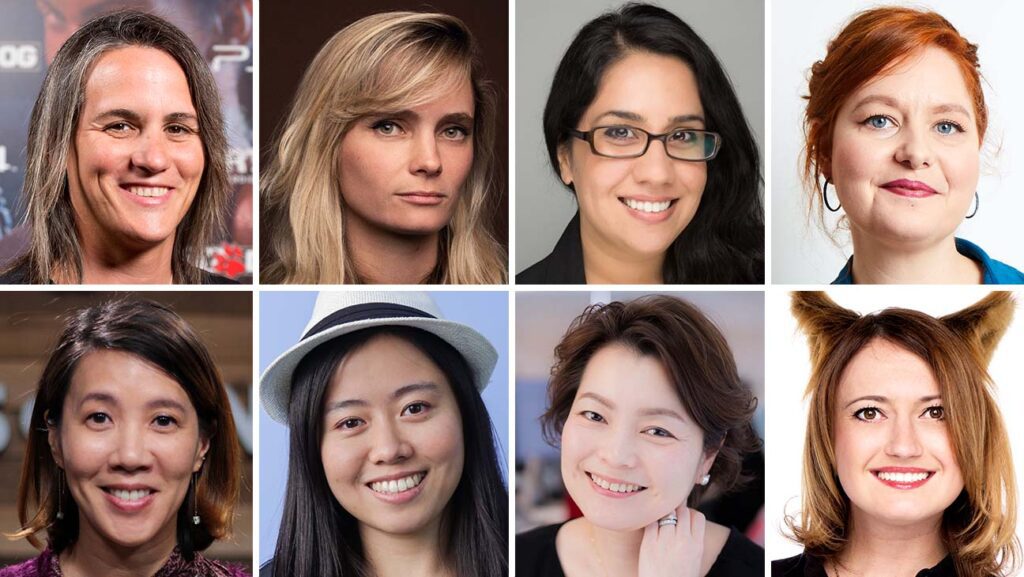The gaming industry has traditionally been thought of as male-dominated, but there is growing recognition of the importance of diversity and inclusion. Different perspectives can lead to innovative products that appeal to a broader audience. Progress has been made with more women and people of color becoming prominent in the industry and companies making an effort in their hiring practices and development of their products. However, challenges remain, including a pervasive “bro” culture and a lack of diversity in the talent pool. It is important for the industry to create a more inclusive environment and recognize the value of diverse perspectives.
Breaking the Stereotype: The Diversity and Inclusion Efforts in the Gaming Industry
Introduction
The gaming industry has always been thought of as a male-dominated space. The stereotypical gamer was a young, white male who spends hours in front of his computer or console. However, this stereotype is being challenged by new voices and faces in the industry. There is a growing recognition of the importance of diversity and inclusion efforts in the gaming industry.
The Importance of Diversity and Inclusion
Diversity and inclusion are essential to creating a vibrant and innovative industry. Different perspectives and experiences can lead to new and exciting games and products that appeal to a broader audience. Gamers come from all walks of life, and their diversity should be reflected in the industry itself. Representing diverse voices can also be profitable for companies. Studies have shown that diversity can lead to better financial performance and increased innovation.
The Progress Made So Far
There has been progress made in the gaming industry when it comes to diversity and inclusion. More women and people of color are becoming prominent in the industry, both as game developers and as the face of the industry. Companies are also making efforts to be more inclusive in their hiring practices, as well as in the development of their products.
For example, game companies have started to include options for character customization that allow gamers to create characters that look like them, regardless of race or gender. They have also started to develop storylines and characters that are more representative of the diversity seen in the real world. This is a great start, but there is still more work to be done.
The Challenges Ahead
The gaming industry still has a long way to go when it comes to diversity and inclusion. One of the biggest challenges is changing the culture of the industry itself. There is still a pervasive “bro” culture in many gaming companies that can be unwelcoming to women and people of color. Changing this culture will take time and effort from everyone in the industry.
Another challenge is the lack of diversity in the talent pool. There are fewer women and people of color graduating with degrees in game development or computer science, making it harder for companies to find diverse talent. This is a problem that needs to be addressed at a systemic level.
Conclusion
The gaming industry is making strides when it comes to diversity and inclusion, but there is still much work to be done. It is important for companies to recognize the value of diverse perspectives and experiences, and to create a more inclusive industry. Breaking down stereotypes and creating a more diverse and inclusive gaming industry will benefit everyone involved, from the developers to the gamers themselves.
